I'm a quantity surveyor and this is how much an MVHR system will cost
An MVHR system can help enhance air quality, improve a home’s energy efficiency and reduce energy bills. We look at the costs involved – both to install and run – plus savings that can be made
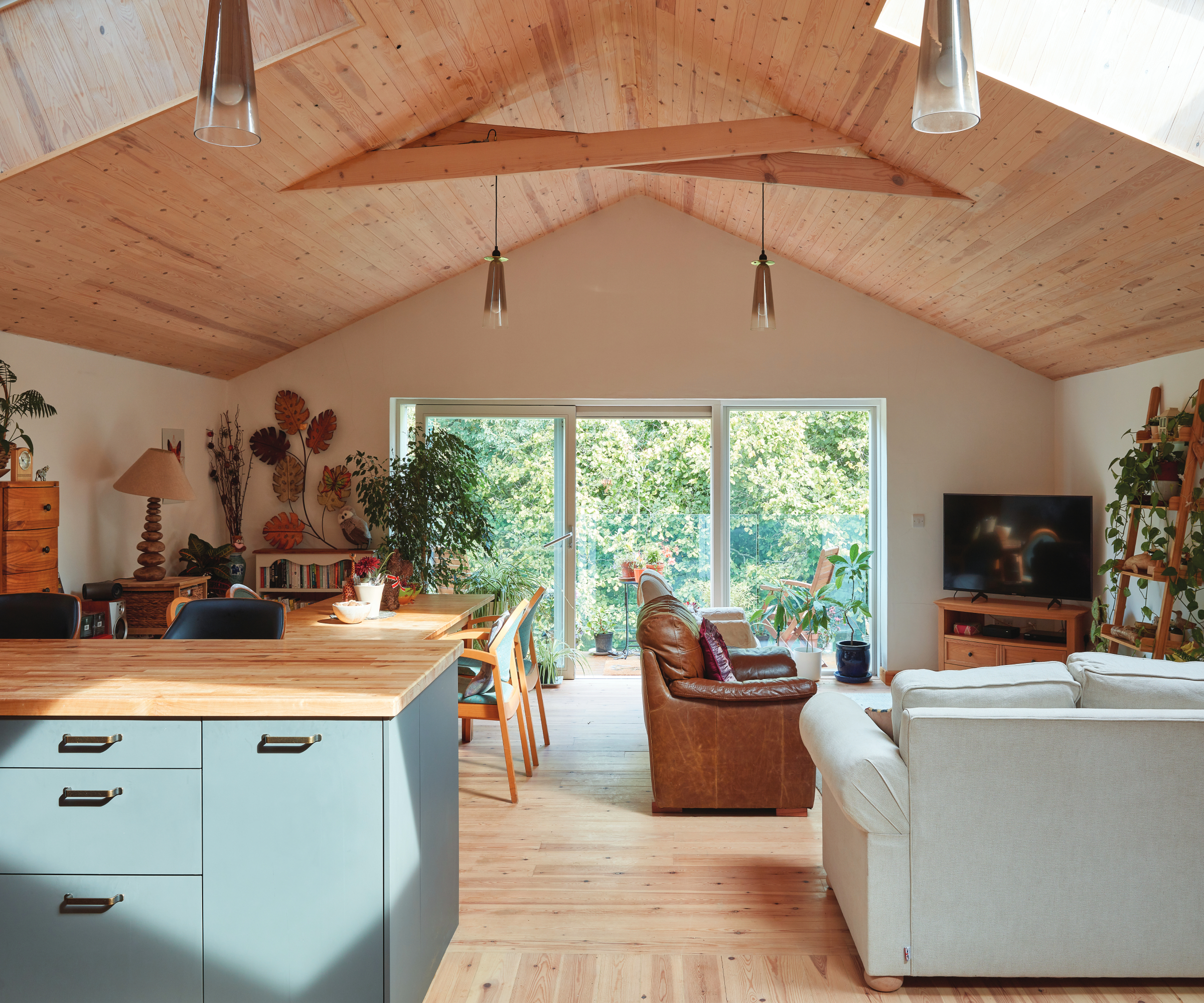
MVHR system costs for a project will come down to installation and running expenditure – with Mechanical Ventilation with Heat Recovery designed to run all year long, once in place.
The system works by controlling ventilation by removing stale air in the home from multiple rooms and providing fresh outdoor air. It is not to be confused with MEV (Mechanical Extract Ventilation) systems, which are shown to waste around nine times more energy than its MVHR equivalent.
The ability to recover heat is what distinguishes MVHR from other ventilation systems for the home as it effectively transfers heat from the extracted stale air to the incoming fresh air. This heat exchange mechanism, which is passive in nature, keeps the inside temperature comfortable while minimising heat loss.
MVHR systems can also help to enhance air quality for people with respiratory illnesses and allergies, as well as minimise common problems like mould and moisture build-up, as they passively dehumidify the air.
What does an MVHR system cost?
MVHR systems are not an exception to the general price increases seen across the construction industry. Both ducting components and units consist of price-affected materials commonly used across the construction sector.
But the good news is they are more affordable than they have been in perhaps the last decade, as the drive to achieve more sustainable homes has accelerated the technology behind the systems. Ultimately, they have the ability (when correctly designed and installed), to pay for themselves in terms of future savings.
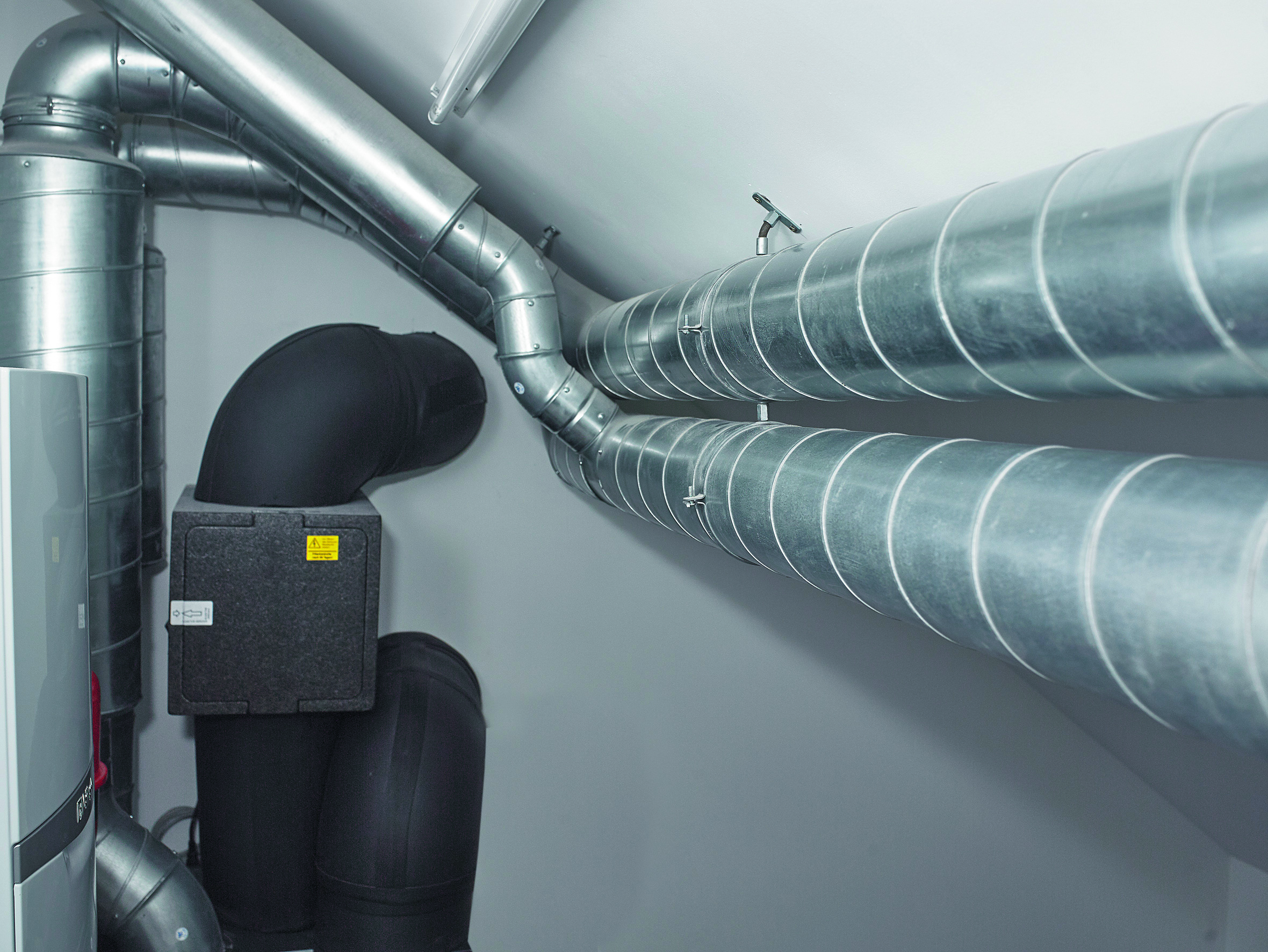
1. Cost of the MVHR system itself
When considering system costs, it is important to distinguish between standard economy UK MVHR systems and those achieving best practice standards, which are often with Passivhaus accreditation.
The system costs for an average four-bedroom new-build home using a standard economy MVHR system, would be in the region of £3,500. However, those costs for the same property using a best- practice Passivhaus MVHR system would increase to around £7,000. At the highest end of the scale, a room-by-room controlled MVHR system with active cooling, would cost upwards of £13,500.
It is difficult to give an exact cost based on bedroom numbers alone, as property footprints can vary significantly from build to build. Some companies offer a free online budget calculator, for example the self build ventilation store, which can give you an estimated cost for your property based on floor area.
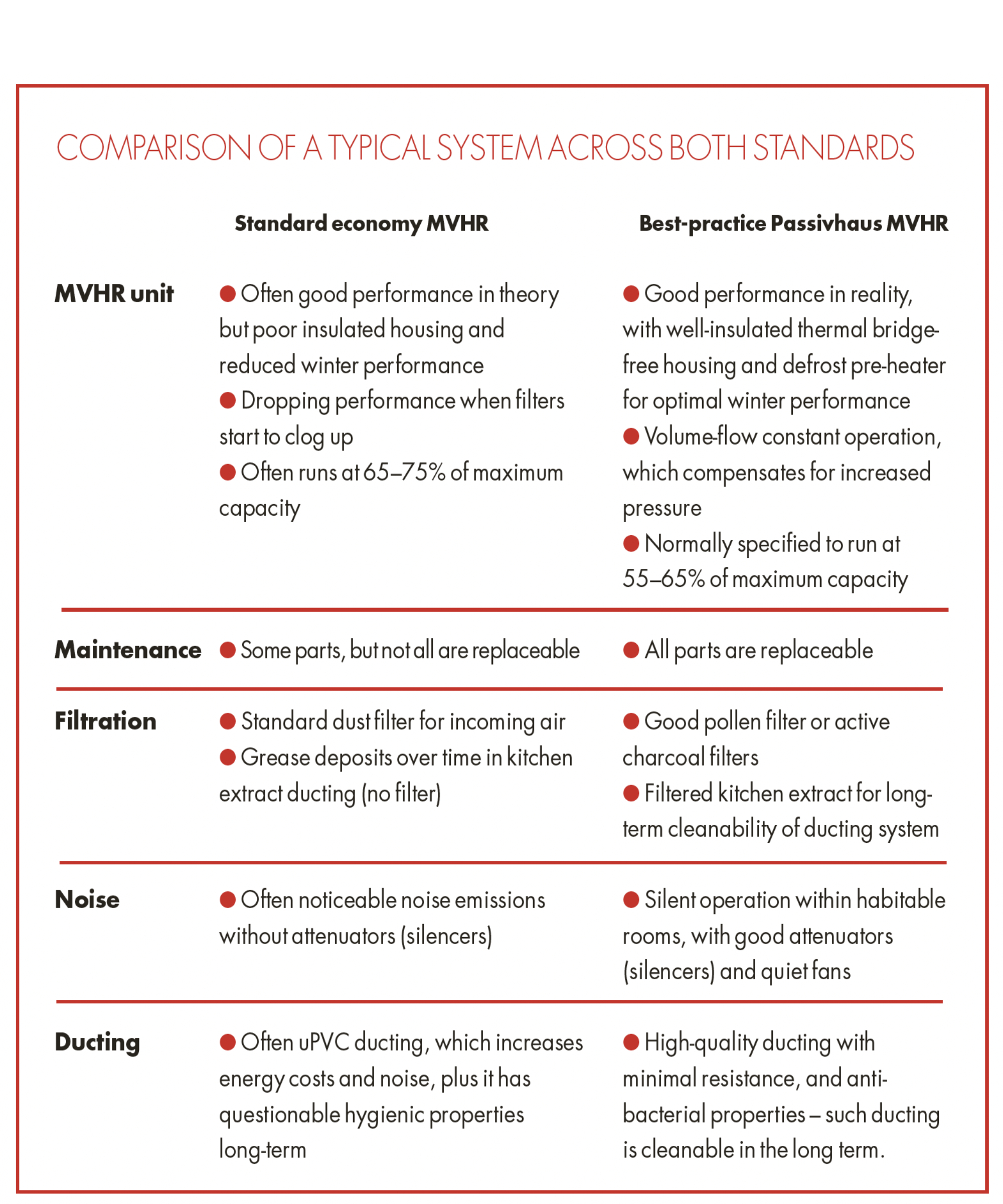
2. Cost of installing an MVHR system
The most important part of installing an MVHR system is the design process. Budget £300– £500 for this service and do check it’s included before you buy a package option for a unit and installation. With cost sometimes considered one of the disadvantages of an MVHR system it's important to get your figures right from the off.
Using ventilation and MVHR specialists is naturally the most expensive option, but if the budget allows and you’re looking for complete peace of mind, this may be the path for you. But with the cost of professional MVHR installers starting at £1,000 and reaching upwards of £4,000, it’s easy to see why people choose to complete the installation themselves.
If you are competent at DIY, you can achieve a good-quality installation, provided you have a good duct layout design and some technical support. Specialist companies such as JV Ventilation provide videos at sketchfab which illustrate a typical installation and can offer remote guidance and support.
The actual design of the duct layout and specification is best left to the professionals, but self-installation is certainly a good way to save money. You will need a qualified electrician’s input to certify the works and a trained person with calibration equipment for the commissioning at the end.
If you are considering using tradespeople (e.g. electrician,plumber or renewable specialists), ensure they have the necessary training to avoid costly installation faults. The minimum qualification should be a BPEC or NICEIC qualification as a Domestic Ventilation Installer.
3. Cost of installing MVHR in an existing property
Upgrading an existing property often results in the reduction of uncontrolled air movement, e.g. when new windows are being installed or through draught- proofing measures, external insulation works or upgrading of loft insulation etc, which can lead to condensation and mould. In fact, research shows that renovation works like these increase the ‘mould risk’ by a factor of three, so it’s vitally important to review ventilation as part of your renovation project.
In terms of options, Positive Input Ventilation (PIV) systems can be a simple solution to force some ventilation through the dwelling and reduce the mould risk, requiring a single unit usually installed in the loft. Correctly specified d-MEV (decentralised Mechanical Extract Ventilation) systems put in bathrooms and utility rooms can also help, but MVHR, with its inherent dehumidifying properties (in the colder seasons), will be best for ensuring good indoor air quality and reduced humidity levels.
It is possible to retrofit a centrally installed ducted MVHR system, but it depends largely on the type of dwelling and the extent of renovation works (opening up) that are being carried out, both of which will impact cost.
Compared to new builds, the cost of the MVHR system itself will often be the same, but while retrofits will be quite varied, the installation costs will certainly be higher and take longer, adding cost. In addition, it may not be possible to carry out the installation works in an inhabited existing building, so accommodation costs should be factored in, with duration specific to each project. Retrofits with limited accessibility will require specialist advice and experience to make it viable.
If a central ducted system is too costly or not feasible to retrofit, a decentralised MVHR system may be another option, where individual ventilation units are installed in each room. This has cost and speed advantages, but the aesthetic impact has to be considered. For some homes, that may be too costly to overcome the challenges compared to the future benefit.
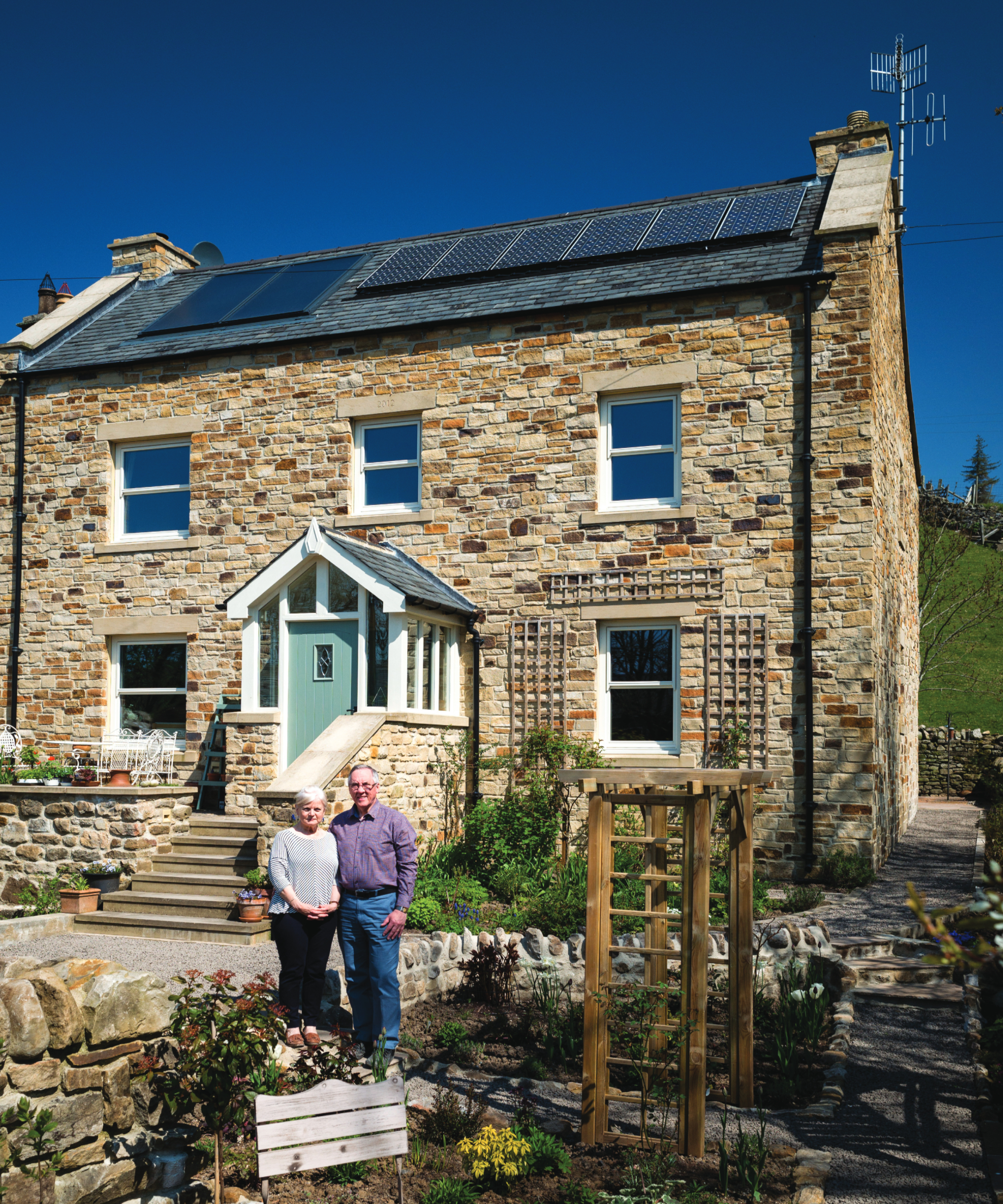
4. Cost of running an MVHR system
There are several factors to consider when assessing the likely running costs. Energy consumption for units can vary based on the system design, number of rooms, size of the house, desired flow rates and, of course, there’s the cost of the electricity itself. How you choose to use your unit in summer months will also affect consumption and cost – the heat recovery element can be switched off without affecting its ventilation.
Running costs are probably lower than most people would expect. As an illustration, if you have a well-installed system for an average four-bedroom house, with typical usage of around 300kWh per year, at current average electricity prices, you can expect running costs of £156 per year, excluding your standing charge and dependent on your tariff.
5. Cost of maintaining an MVHR system
The good news is that the general maintenance of MVHR systems can be carried out by the homeowner, e.g. by regularly cleaning or changing the filters and cleaning the room and external terminals and checking for blockages. Filters can be bought from about £20 per pair, but can be as much as £120 per pair depending on the brand of unit and size. They should be changed every 6-12 months, with higher pollution areas requiring more frequent replacements.
A more detailed cleaning regime is recommended every two years, e.g. rinsing the heat exchanger and cleaning the fans. Again, for people who are hands-on, these are straightforward tasks to undertake.
Alternatively, there are companies that offer an MVHR maintenance service, ranging from general annual maintenance starting from around £150 to a professional service starting from around £300. A professional service by an MVHR technician is generally recommended at least every five years.
It is also important to check the manufacturer servicing requirements for your system, as these are likely to form part of the terms of the warranty.
FAQs
Will MVHR save me money on heating bills?
MVHR systems are ventilation systems, as opposed to heating systems, but their ‘heat recovery’ element means they can potentially save you a significant amount on your heating bills.
Variables will obviously come into play, such as the energy efficiency of your chosen system, the building design and insulation, local climate and user heating demands.
Generally speaking, when installed correctly, these systems should recover more energy than they use. Predictably, the quality of your chosen system will dictate the level of heat recovery achieved. The higher-quality units have the potential to recover up to 90%of the heat that would otherwise have been lost in your home, as opposed to around 70% or less for the lower-quality units. The savings come from not having to pay for the cost of the heat you would have been losing without MVHR – up to as much as 25% of your bill.
Exactly how much you can save is directly related to the airtightness of the building – greater airtightness means a more efficient system and bigger savings. At 5m3/hr/m2 it starts to work but your heating bill savings are likely to be less than 5% per year. At 3m3/hr/m2, savings could get to 20%. These calculations need to be carried out by an expert and will be included in a professional design.
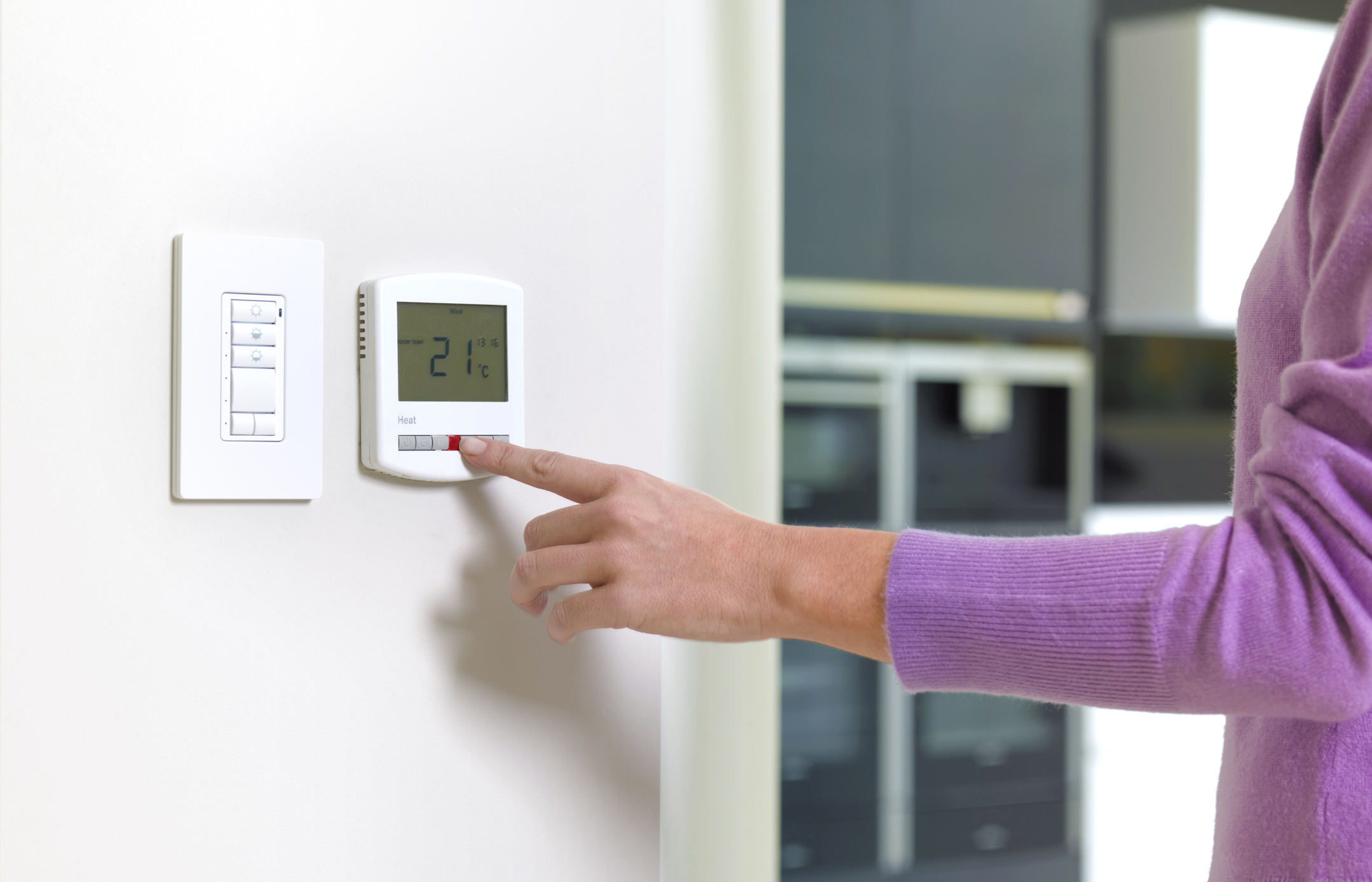
How can I cut the cost of installing MVHR?
We’ve considered self-installation above as a way of significantly reducing costs and we’ve looked at decentralised systems as cheaper options for retrofits, but there are other ways to keep costs as low as possible for an MVHR system.
A professional design is key to this. Architects and installers usually rely on MVHR suppliers when it comes to designing the ductwork and components. It takes specialist experience and knowledge to plan suitable pipe diameters and the most efficient way of routing, which JV Ventilation advises is critical for minimising operating speeds and energy consumption as well as reducing the amount of ducting and wastage.
Reducing the quality of your MVHR system can always achieve cost reductions, but there may be unacceptable consequences. Make sure that you always consult with a specialist, as there are ways to do this successfully. Specialist supplier Paul Heat Recovery advises that if your budget does not actually allow for a high-quality MVHR system, corners should not be cut on the quality of ducting and noise attenuation. The ducting system is often hidden away in ceiling and wall spaces and will probably never be replaced as long as the building stands, whereas with a cheaper MVHR unit this could be replaced after a few years.
What problems are there with MVHR systems?
Always check the exact specs of the MVHR unit, ductwork and attenuators (silencers) required, don’t just rely on blanket phrases, such as ‘high standard’, ‘premium system’ or attractive performance percentages that are self-certified or at an unusually low cost. Poorer-quality MVHR units can generate incorrect efficiency ratings in some tests, as they are not properly insulated or airtight and therefore more influenced by the room temperature.
Watch out for underspecified ventilation rates, which can lead to poor indoor air quality. Stefan Huber, managing director at Paul Heat Recovery warns this can be a common problem. “Designs that only apply the required minimum ventilation rates will not consider the varying demands and layout of the different types of dwellings e.g. small with high occupancy,” he says.
Experience and best practice methodologies should be applied when specifying the ventilation rates of a dwelling – over and above the Building Regulation part F standards.
Similar issues can arise with over-ventilation, leading to overly dry internal conditions in winter. MVHR systems with an ERV (Energy Recovery Ventilator) core will help avoid over- dehumidification and should be considered for larger dwellings with low occupancy.
If you are looking at ventilation options for your home, it could be worth taking a look at these natural ways to ventilate your home too.

Tim is a quantity surveyor and runs Quantiv.uk, with almost 30 years of experience across the commercial and residential sector.
Get the Homebuilding & Renovating Newsletter
Bring your dream home to life with expert advice, how to guides and design inspiration. Sign up for our newsletter and get two free tickets to a Homebuilding & Renovating Show near you.
Tim Phillips is an experienced senior quantity surveyor and estimator and has worked in the construction industry for over 35 years. He has worked on many varied projects in this time, for corporates, public bodies and private residential clients, managing multi-million budgets.
For the past 13 years, Tim has worked on a freelance basis, whilst managing his rental property portfolio. He has extensive experience of undertaking his own full-scale house renovations. He is also a speaker and expert at the Homebuilding & Renovating Shows.
